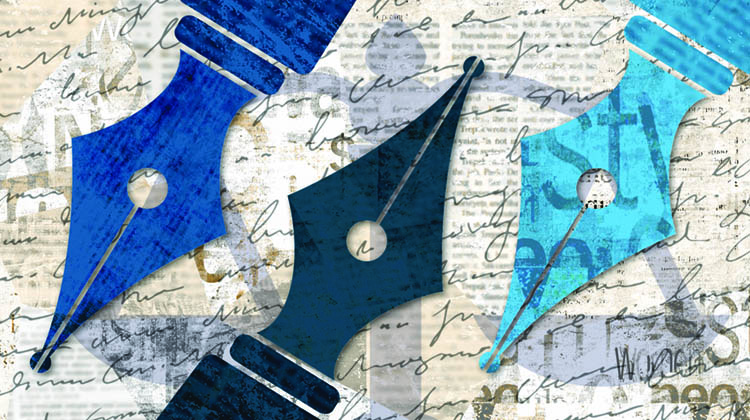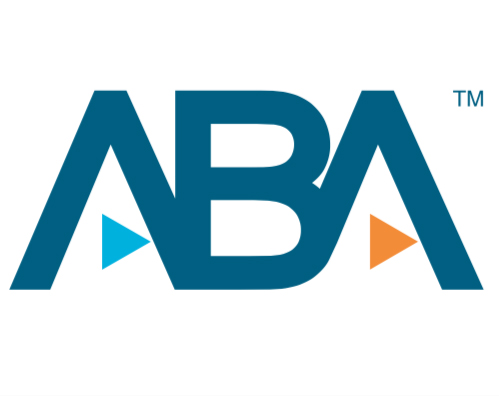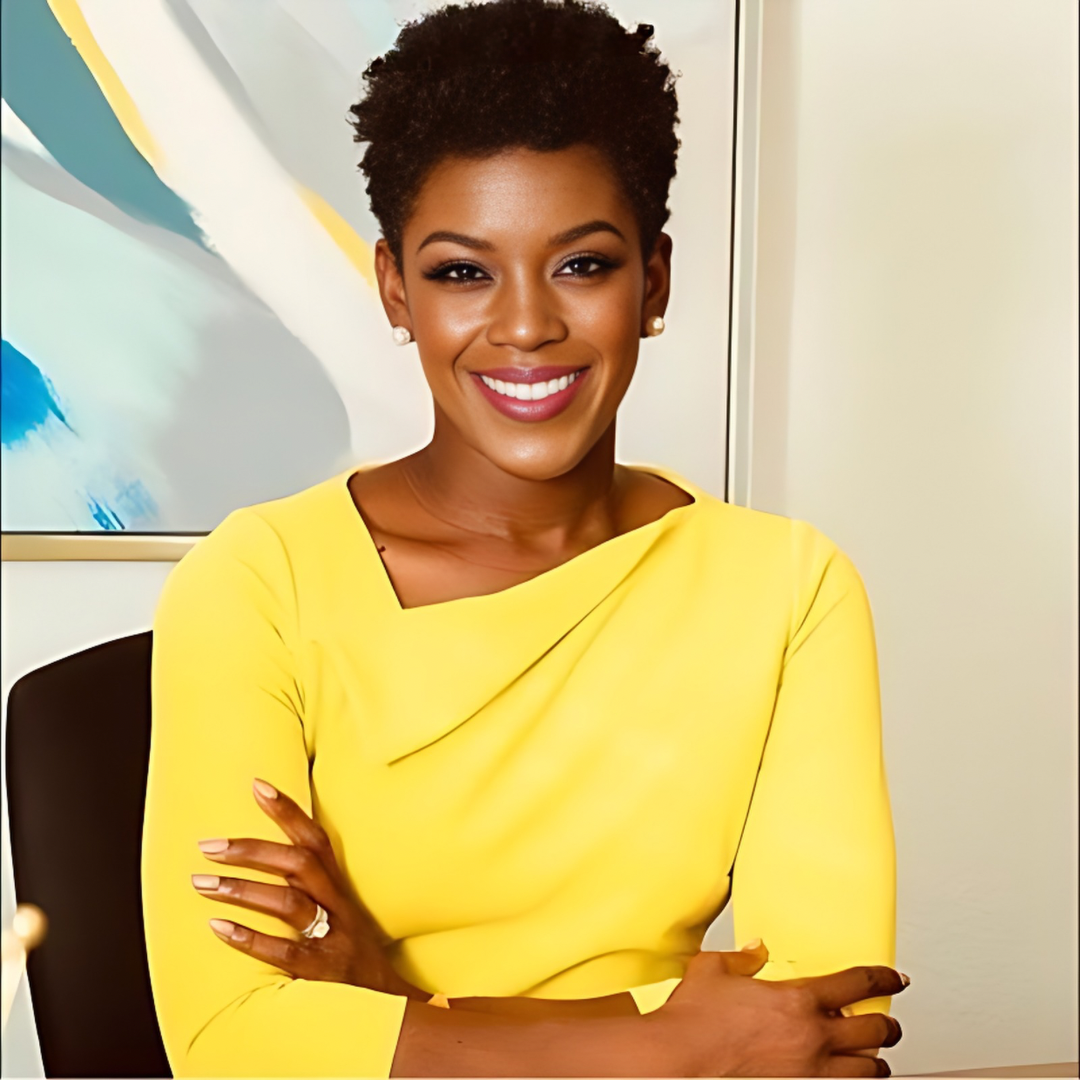What's wrong with legal writing?

Illustration by Sara Wadford/ABA Journal
For more than 20 years, I served as a legal writing teacher and as the director of legal writing programs at various law schools (New York University, Connecticut and Vermont).
In these programs, legal writing teachers systematically taught students how to write legal briefs and memoranda “like lawyers.”
They purposely deemphasized the storytelling skills and the emotional power of the underlying stories crucial in legal advocacy.
We taught students to distinguish between legally significant facts that could help build a legal argument and trivial background facts, discounting those as merely “emotional facts.”
In doing so, we instructed students to write with a dispassionate neutral tone, advising them to employ simple linear chronologies in order to depict “the facts,” and we seldom acknowledged the potential complexity and ambiguity of characters and plots often found in legal stories.
We taught in this manner because we believed facts are always analytically subservient to legal rules, and legal analysis is conducted with cold certainty.
We had our students draft “objective” memoranda and appellate briefs for moot courts where, according to our pedagogical mantra, “The facts are no longer in dispute.”
But our teaching approach had unintended consequences: By diminishing students’ belief in the power of storytelling, we robbed them of the creativity and legal imagination crucial for effective lawyering.
The politics of teaching
The unstated truth of our pedagogy was more political than pedagogical. Legal writing teachers were and continue to be subservient to the collective law school institutional will—primarily the will of tenured faculty teaching doctrinal courses.
Nontenure-track legal writing teachers—often on short-term contracts without the protections of tenure—are the handmaidens and “hand men” of higher-paid and institutionally valued tenure-track doctrinal teachers. And the primary purpose of legal writing courses becomes assisting students in their real struggle to do well on doctrinal law school examinations. These examination grades become an underlying currency measuring law school success, and they ultimately determine initial employment opportunities and shape the trajectories of legal careers.
How do doctrinal examinations shape legal writing pedagogy? The facts, as presented in traditional closed-book, time-limited law school examination hypotheticals, often are merely excuses to identify, display and analyze the legal rules and perform the complex doctrinal analysis that remains the primary and often exclusive focus of legal education today.
Outside of law school clinical programs, students are rarely encouraged to develop the legal storytelling skills crucial for litigation practice. The emotional and psychological aspects of legal storytelling are purposely dumbed down, especially in evaluating students’ performance.
For example, in the end-of-semester examinations I give for courses such as criminal law and criminal procedure and torts, I present my students with a proliferation of analytical issues covering the numerous doctrinal topics presented in these courses. The closed-book examinations test for issue-spotting, accurate rule identification and restatement of elements of applicable rules. Rules are applied authoritatively to fixed and unambiguous facts.
Students’ final course grades are determined by final examination performance, graded anonymously. They have three or four hours to answer a multiquestion essay exam, blocking any opportunity for creative “deep dives” into the facts. This testing format denies opportunities for the persuasive legal storytelling that is the lifeblood of lawyers’ litigation practice.
In practice, the law is often straightforward and unchanging (nonnegotiable)—which is particularly true in trial-level litigation practice. But the outcome depends upon legal storytelling, factual investigation, and the marshaling of evidence into transformative narratives shaped to fit verdict categories and legal rules framing jurors’ judgments.
Counterlessons
If given the choice, what storytelling lessons might I incorporate into a law school curriculum? I identified several in my book, Storytelling for Lawyers.
Make a Scene
One of the basic building blocks of storytelling is the scene. All stories, including legal stories, are about the alternation of summary and scene. Movies are virtually all visual scenes arranged into the causal sequences of montage. Similarly, novels typically have extended scenes but also summaries and simultaneously explore the “consciousness” of characters. Legal stories, however, have fewer scenes and more summaries than either movies or novels. Scenes are nevertheless crucial in legal storytelling, and lawyers must learn how to construct scenes purposely and effectively to help shape their stories.
Shifting Perspectives
The use of perspective or point of view is a powerful legal storytelling tool. Alternative perspectives or points of view include: 1) the first-person; 2) the third-person subjective; 3) the third-person objective; 4) the authorial omniscient; and 5) the essayist omniscient. Skilled lawyers often deploy multiple perspectives, akin to novelist John Gardner’s pedagogic admonition, “One may do anything one pleases with point of view as long as it works.”
Time Travels
Chronology is the default mode for telling law stories. But when and where does the teller begin the story? When does the story end? Does time in stories ever really replicate the ticking of the clock in real time—and how can you use time to your advantage?
All effective storytellers reshape narrative time. And there are well-established narrative principles that guide storytellers, refashioning time strategically in service of narrative persuasion.
Reimagining curricula
Incorporating legal storytelling techniques into doctrinal courses is equally important. In an essay, “Law Students Go to the Movies II: Using Clips from Classical Hollywood Movies to Teach Criminal Law and Legal Storytelling to First-Year Law Students,” in the March 2019 Journal of Legal Education, I recounted using legal storytelling exercises when teaching a first-year criminal law course.
I played clips from movies or sequences of scenes presenting complex and ambiguous facts. I also provided the relevant criminal statutes and case law. The students were then cast into roles as defense lawyers or prosecutors at trial, and they had to develop trial stories or present closing arguments based upon the law and the often complex and ambiguous facts.
Students found that these exercises made the law come alive, supplementing analysis of criminal law statutes and cases in the casebook.
Catlin Davis, co-author of the essay, had been a first-year law student in my criminal law class.
She observed that these storytelling exercises allowed her and the other students to use their creativity, which she cited as an uncommon occurrence during the first year of law school. The exercises, she said, “also helped us realize the seriousness of crafting stories for our clients. … We were playing with fictional facts and fictional people. Yet … in the near future, many of us will find ourselves engaging in this same narrative-crafting but with real clients facing real punishments.”
That’s the point, exactly! It is important to bridge the gap and reconcile the traditional curriculum with the art of legal storytelling.
This story was originally published in the October/November 2021 issue of the ABA Journal under the headline: “What’s Wrong With Legal Writing? Teaching law students the art of infusing creativity into words.”
Philip N. Meyer, a professor at Vermont Law School, is the author of Storytelling for Lawyers.



